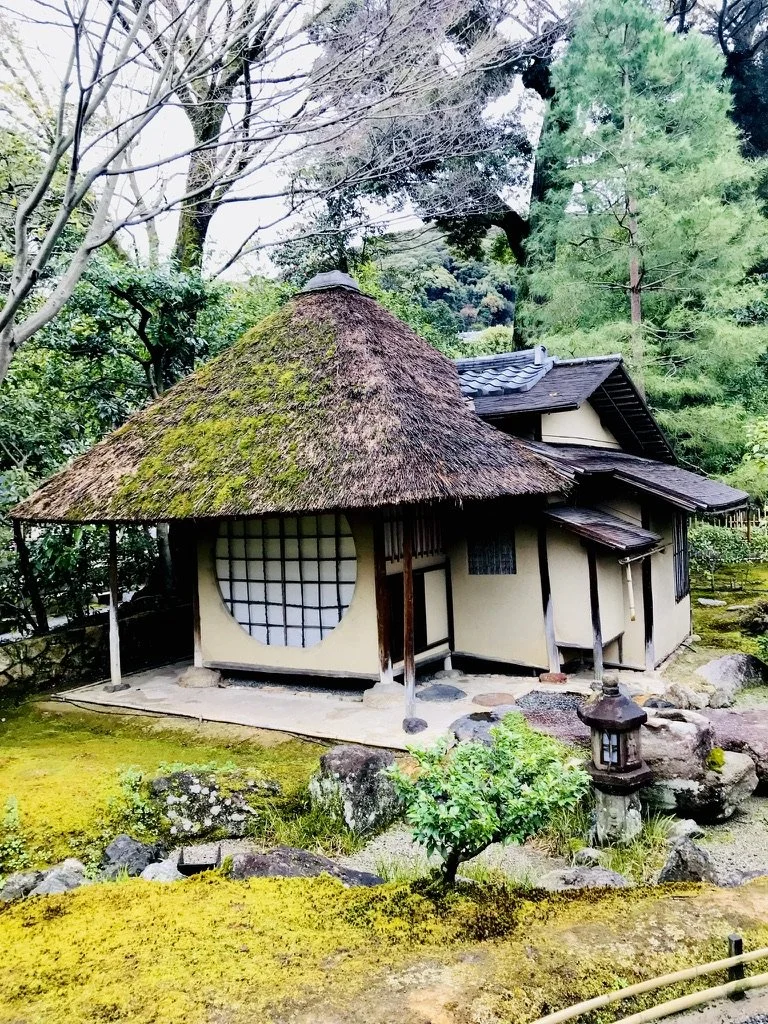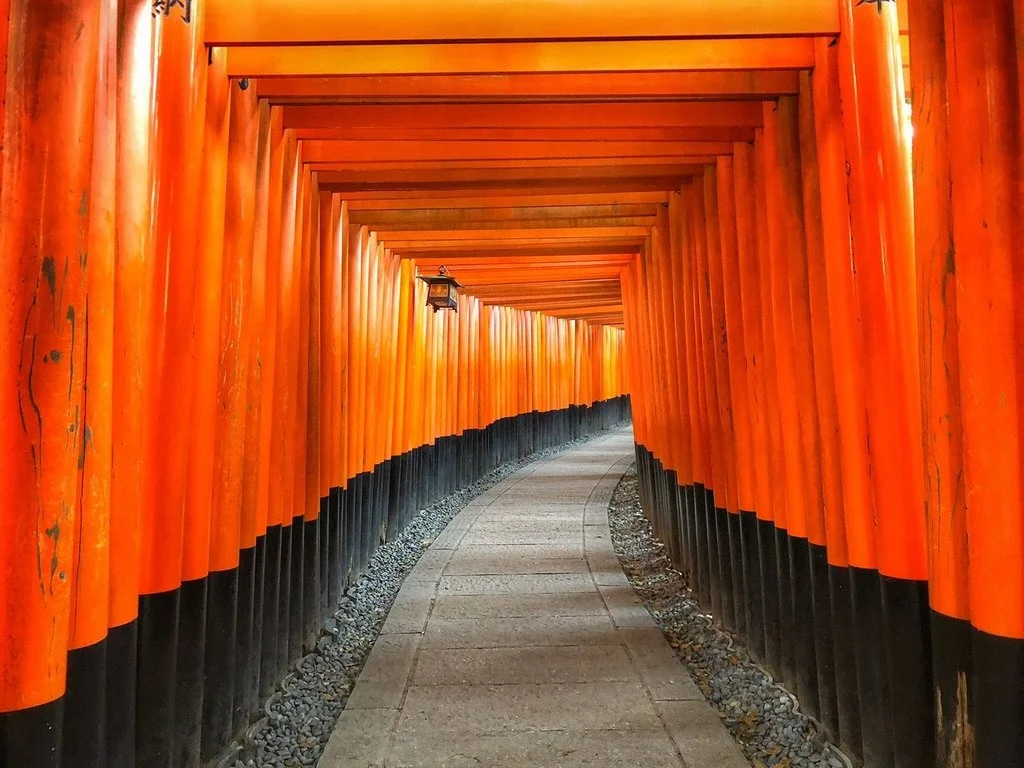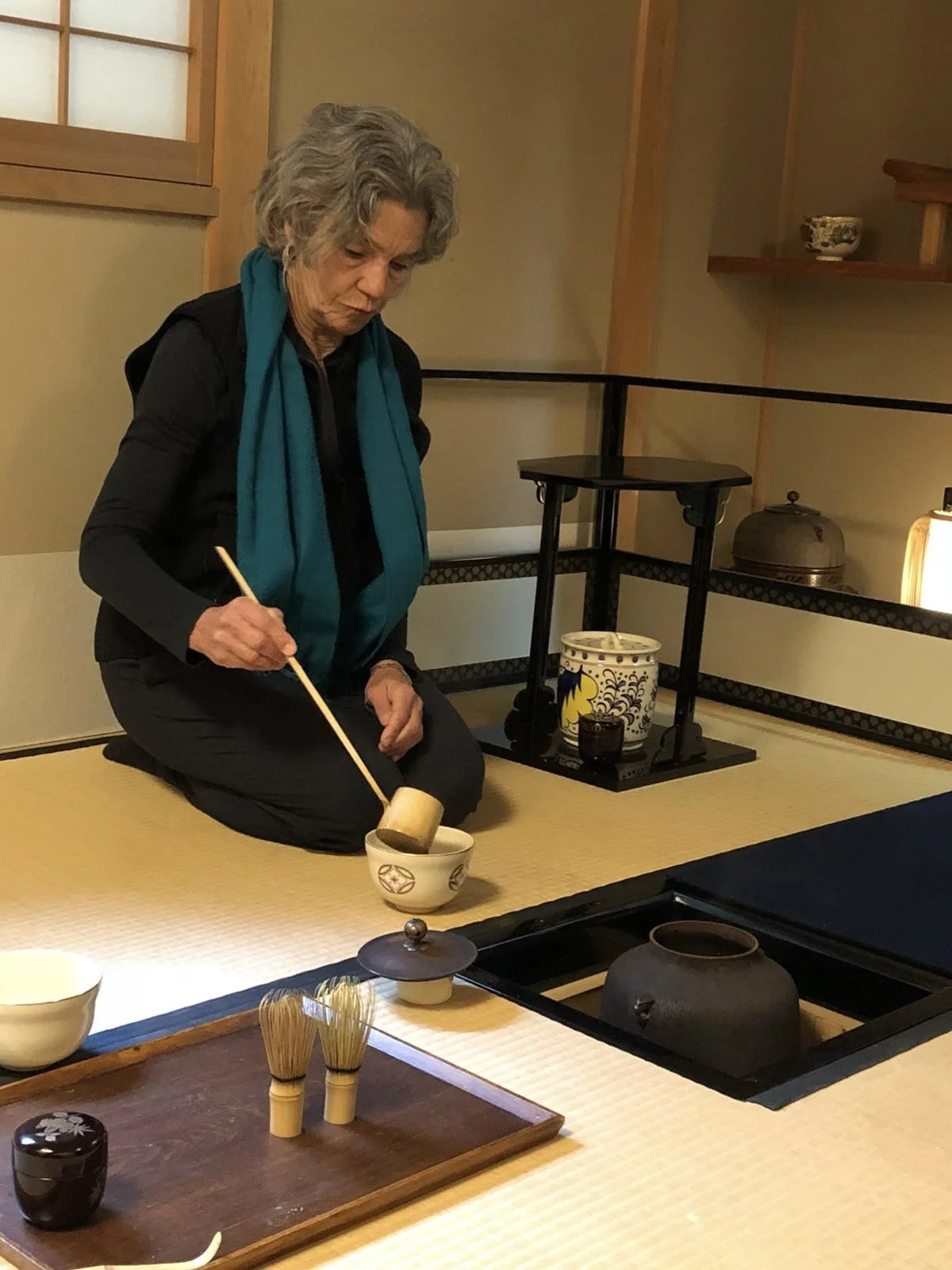Intention and Attention
I have dabbled in Zen Buddhism. I’ve read a bit here and there, have several friends who practice, and sat with a group in Cincinnati for a year of Sundays, when I couldn’t find a progressive Catholic community during the late 1990s. The concepts of the transience of emotions and monkey mind have been very useful to me, as has the concept of intention. Intention translates to mindfulness. Being present in the present moment. I use awareness of my breath to bring me into the moment. Years of yoga, since age 17, taught me the value of breathing. Placing my feet on solid ground and pulling my inhale upward from beneath the soles of my feet as I sit with or stand alongside a patient brings all my attention to that individual. For those moments together we explore healing. Doing the same when I have a conversation with a family member, colleague or passer-by, helps me fully attend to that individual, give them all my focus.
I read with interest family physician Dr. Ron Epstein’s Attendng: Medicine, Mindfulness, and Humanity while I hiked the Camino in northern Spain last May. He explores the use of mindfulness with patient care and as a way to prevent burn out, a hot topic in health care clinician circles these days. Intention and attention are a part of Japanese culture. You are routinely greeted when you enter or leave a restaurant or store. I wrote earlier about the routine of the Shinkansen cleaning crew. Conductors greet passengers before they walk through and check tickets. Pedestrians obey walk and don’t walk signals.
The tea ceremony is performed with intention and attention to detail. We paid $25 US each to attend a tea ceremony and learn about this ancient ritual introduced to Japan my Zen monk, Yousai, in the 1100s. He visited China twice during his life time (1141-1215) to study the Tendai Zen tradition and brought tea seeds back with him. He popularized the drinking of tea and codified the ritual. For centuries, monks and then samurai led tea ceremonies which was halted in in the 1860s with the Meiji Restoration and the banning of samurai to eliminate the power of regional lords. Efforts to restore the ceremony occurred over the last 100 years and women learned and began to perform the ritual. Perhaps in US circles geishas and tea houses have been our touch point for the ceremony. Our fellow ceremony participants were a thirty-something African American man from Chicago and an Argentinian mother/daughter team. Two middle age Japanese women dressed in kimonos welcomed us into their tea room built solely for that purpose five years earlier. Tatami mats lined the floor and a calligraphy scroll, which said ‘remember this moment’ hung on the wall. The host spent an hour talking about the history and significance of the steps to making and sharing tea: sanctifying the bowls, being thankfully for the tea, centering oneself by looking at the ladle as a mirror. The snap of a napkin-size cloth tucked in the kimono waist band gathered attention and stretching it up, down and sideways honored the four directions. We learned how to stir the matcha, ground dried green tea leaves, in our ¾ cup of hot water, turn the bowl counter clockwise, then clockwise two times each, then bow and drink, not sip but consume the entire bowl.
I climbed the steps of the Fushimi Inari Taisha shrine with intention, using a walking meditation I had learned during my Zen sitting. I repeated “I am walking” with each step. This breathtaking hike passes through 1000 vermillion torii gates up the Inari mountainside. It is an ancient Shinto shrine founded in 711. Businesses have supported the shrine by purchasing torii to ensure their good luck and fortune. Dozens of shrines (altars, engraved stones, small torii and statues) are tucked in at every turn and stone foxes holding keys to the rice granaries in their mouths are seen all over. The fox is believed to be a messenger from the gods and Inari means rice, so the foxes are protecting the rice harvest. Shintoism, the earliest spiritual belief in Japan, believes everything in nature has a spirit. As we climbed I thought of the hundreds of thousands of footfalls that preceded mine. An interesting fact is that Zen was for the elite, and it was Christianity that reached out to the working class. Research suggests that Japanese practice the following: 34% Zen, 3% Christian, 50% Shinto or not religious.
Zen temples and Shinto shrines and the less frequent Christian churches pop up everywhere. You can grow overwhelmed with temples like we grew weary of Catholic churches while hiking the Camino. For the most part both are filled with gold or silver, fine painting, statues of holy people and feel sacred. I experience sacredness as a thickness in the atmosphere that is thousands of intentions and prayers by worshipers and the curious. The Japanese attention to beauty can also be quite simple and is especially evident outside the Zen temples with lovely gardens of bonsai-style trimmed trees, the placement of stones, and the raking of gravel in patterns.
Finally, even on holiday attention and intention is important. On our first day in Kyoto we hopped the bus, as recommended by the tourist office, to three of the temples on Reed’s list because they had been of special interest to his mother. We were among the throngs of tourists parading past the gardens, described above, the ponds filled with koi, the lovely temples and their Buddha statues. We found ourselves exhausted and not enjoying much. With a mindset that accepted Kyoto as a tourist filled city, an earlier start, and choosing less popular locations, we had a better experience.
Japan has been a wonderful journey, although a regroup after my plans for Palestine were aborted. We have visited in-person places and ideas Reed heard and read about as a child. We have seen a culture more focused on other than self, which sees imperfection as part of life and finds the beauty in the flaws as well as the impermanence. All are wonderful reminders to bring back to the US and my next chapter.




